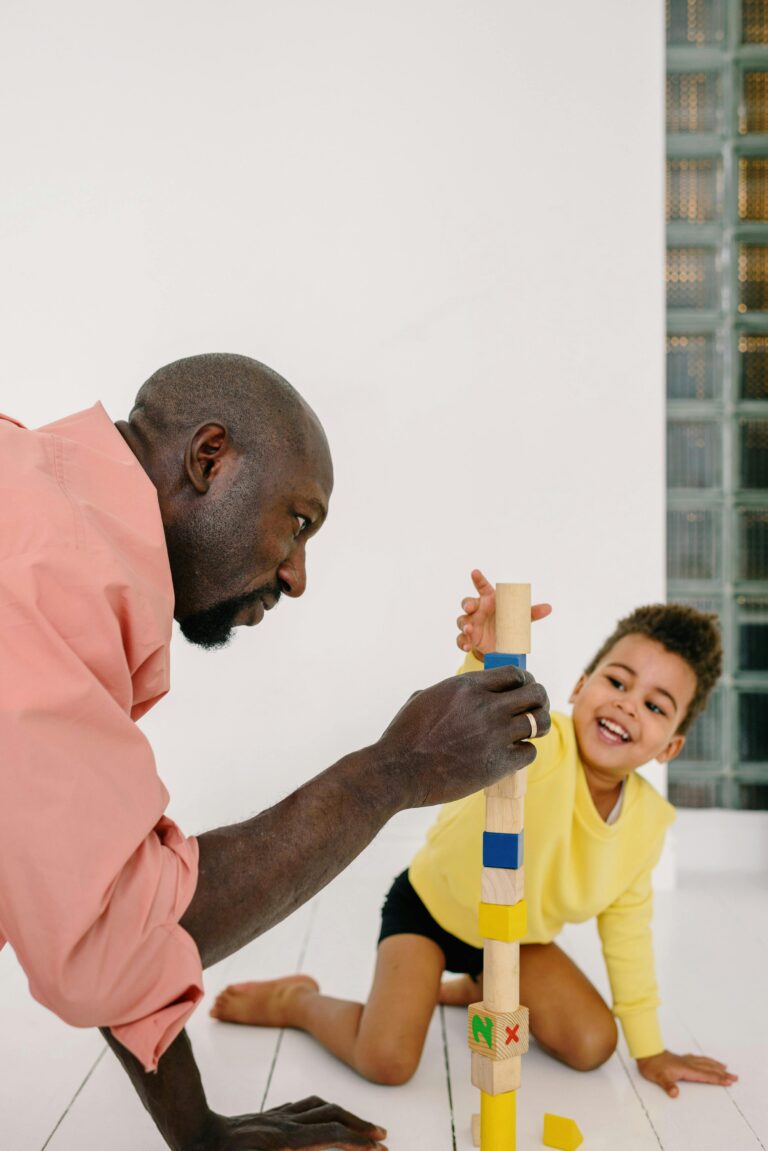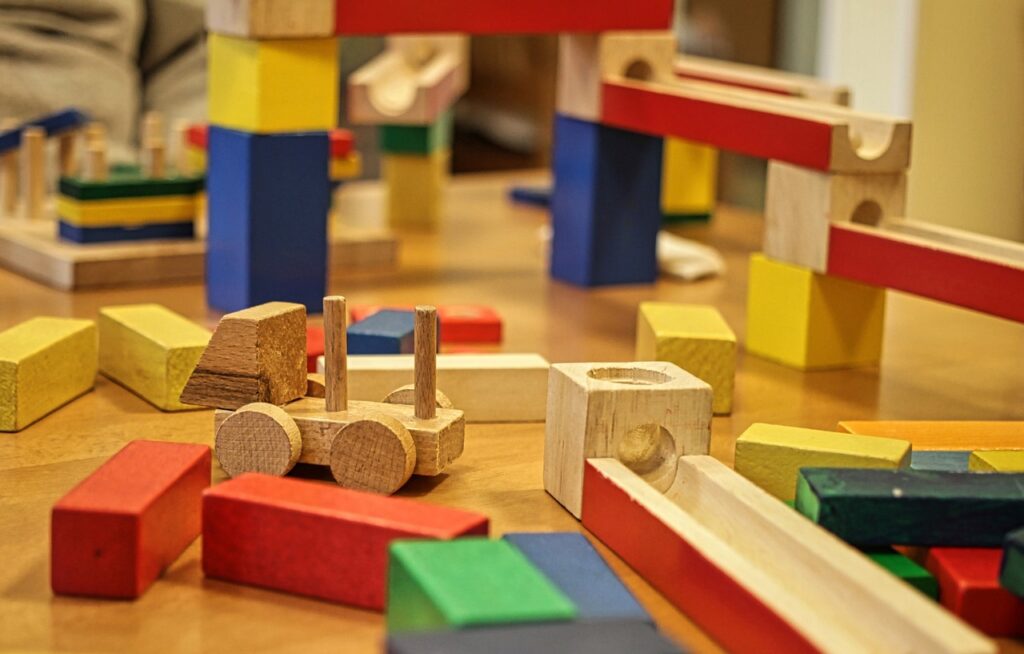Working hours
Mon - Fri: 8am to 5pm
Mon - Fri: 8am to 5pm
Share

Imagine you’re visiting a vibrant nursery bustling with the laughter and chatter of children. As you walk through, you notice that all the educators, both men and women, interact with the children with equal enthusiasm and skill. But this scene is far from common.
In reality, nurseries across the UK see a stark underrepresentation of male educators, a trend that limits the diversity of role models for our children. Today, I want to talk about why nurturing a gender-diverse teaching environment is crucial and how, by making a few thoughtful changes, we can encourage more men to join this rewarding profession.
When James first walked into the nursery as a new educator, he could feel the surprise in the room. The realm of early years education often aligns with societal expectations that naturally lean towards women for nurturing young children. This gender stereotype not only deters men like James from pursuing careers in this field, but also subtly signals to those already in the profession that they are outliers.
Furthermore, the scarcity of male role models in nurseries compounds the issue. Without a significant presence of men in these roles, male educators often struggle to find mentors who understand the unique challenges they face. This lack of support can lead to feelings of isolation, making it tough for them to integrate fully into their teams and the nursery community.
Recruiting more male educators begins with how we present the opportunity and whom we reach out to. It’s about crafting messages that resonate and reaching places where potential candidates gather.
Targeted Advertising and Outreach
Firstly, our advertising must speak directly to men who might not have considered early years education as a career path. By using platforms popular among men and showcasing advertisements that feature male educators, we can challenge the norm. For instance, featuring ads in men’s health magazines or websites, sports clubs, tech forums, STEM communities, and men’s charities can attract attention from diverse backgrounds.
Collaboration with Training Programmes Focused on Men
Building bridges with educational programmes that focus on or are popular among men can also be instrumental. Collaborating with colleges that offer courses in sports education, psychology, and social work can introduce these students to early years education as a viable and fulfilling career path. Workshops and seminars can be organised where current male nursery educators share their experiences and the impact of their roles.
Highlighting Successful Male Educators in Promotional Materials
Nothing speaks louder than success stories. Initially, I was surprised to see that when it came to early years education, men were often brought into the spotlight only in discussions about safeguarding incidents. This motivated me to shift the focus and change the narrative through our blog on the MCTJ website.
By prominently featuring successful male educators in your promotional materials – be it newsletters, online platforms, or brochures – you not only celebrate their achievements but also provide tangible role models for prospective candidates.
Inclusivity in Job Advertisements
It’s essential to demonstrate commitment to male inclusivity right from the job ads. Including a male inclusivity statement and using gender-neutral titles like ‘early years educator’ instead of ‘nursery nurse’ can make a significant difference.
Utilising Diversity Job Boards
Posting job advertisements on diversity-focused job boards can also help reach a more diverse audience, specifically targeting platforms that promote gender inclusivity.
Engaging with Fathers
Encouraging recruitment through the fathers who already use your nursery can be a powerful tool. They might know friends or family members who are looking for a meaningful career change. Word-of-mouth from existing satisfied parents can be very persuasive.

For nurseries to become more inviting to male educators, thoughtful policy adjustments are necessary. These changes not only attract men to the profession but also ensure that they feel valued and supported in their roles.
Gender-Neutral Policies
It is essential to ensure that all nursery policies are gender-neutral. This means revising policy documents to eliminate any language that could imply a gender bias. For instance, revising maternity leave policies to offer equal parental leave, therefore promoting a culture where men feel welcomed to take active caregiving roles without stigma.
Policies on Gender Roles and Stereotypes
It’s essential to implement policies that educate staff on gender roles and stereotypes to prevent biases that might alienate male educators. Such biases include the assumption that men should handle more physically demanding tasks or manage challenging behaviours due to a perceived authoritative nature.
For instance, a male educator in our community recently faced burnout from being continually assigned children with challenging behaviour and special educational needs (SEN), based solely on his gender. This highlights the need for policy improvements.
Additionally, we must ensure that during events like open days and parents’ show rounds, male educators are given a variety of roles in the front line, rather than being relegated to secondary tasks.
Tailored Professional Development Opportunities
Professional development should also be tailored to foster individual interests and talents across all staff, creating specialised roles that allow each educator to shine. For instance, a male educator in my previous nursery, who was also a rapper and skateboarder in private life, was encouraged to lead poetry classes to teach children how to rhyme, alongside running a skateboard club to improve their gross-motor skills.
Creating an inclusive workplace culture is paramount for nurseries aiming to attract and retain male educators. This involves fostering an environment where everyone, regardless of gender, feels respected and valued.
Inclusive Language and Practices
Using inclusive language in everyday communication is a foundational step. This means avoiding assumptions that tie specific duties or behaviours to gender. For example, phrases like “the girls will handle the crafts” should be replaced with “the team will handle the crafts,” ensuring that assignments and expectations are based on skills and interests, not gender.
Similarly, visual materials and resources in the classroom should reflect diverse genders in various roles, helping to normalise this diversity in daily interactions – for example, displaying pictures of female builders and firefighters or male ballet dancers and teachers.
Regular Diversity and Inclusion Training
Regular training sessions on diversity and inclusion are essential. Male Childcare & Teaching Jobs are currently expanding their e-learning platform, continuously adding new CPD-certified resources focused on gender diversity and inclusivity.
Encouraging Same-Gender Mentorship
A culture of same-gender mentorship is particularly important in settings where men are in the minority. Implementing a peer-mentoring system where men mentor other men within the organisation can significantly reduce feelings of isolation.
For those who may find themselves as the only male in their setting, Male Childcare & Teaching Jobs offers a robust community forum, providing opportunities for small group mentoring sessions where men can share their successes, express frustrations, ask questions, and much more.

Enhancing Facilities and Resources to Support Gender Inclusivity
Ensuring that the physical environment of a nursery supports inclusivity is vital for attracting and retaining male educators. This commitment to gender neutrality helps create a welcoming space for all staff members.
Gender-Neutral Facilities
Adopting gender-neutral facilities involves more than just providing spaces that everyone can use; it requires a thoughtful approach to the entire physical setup of the nursery:
· Restrooms and Changing Rooms: Convert existing facilities into gender-neutral options. This includes having lockable, single-occupant restrooms that anyone can use regardless of their gender, which not only supports inclusivity but also enhances privacy and safety.
· Staff Rooms and Communal Areas: Design these spaces to be neutral and comfortable for everyone. Avoid decor that might be traditionally seen as gender-specific. Opt for neutral tones and furnishings that do not lean towards a stereotypical male or female aesthetic. For example, you could use a colour palette for walls and furnishings that includes earth tones or pastels, which are universally welcoming and do not cater to any specific gender stereotype.
· Play Areas and Educational Materials: Ensure that the play areas are free from gender stereotypes. This can be achieved by providing a wide range of toys and resources that encourage all types of play, not just those traditionally associated with one gender. For example, include a mix of dolls, cars, blocks, and art supplies, and ensure these are accessible to all children, promoting an environment where gender does not dictate play preferences.
· Uniforms and Dress Codes: If the nursery requires uniforms or has a dress code, make sure these are gender-neutral. This means choosing styles and colours that do not differentiate staff based on their gender, allowing everyone to feel comfortable and professional.
Final Thoughts
These are just some of the strategies we can adopt in our nursery settings to create a welcoming environment for male educators. However, by committing to the strategies discussed, we can start creating nurseries where every educator feels valued, supported, and equally represented.
I encourage nursery managers and leaders to not only put into practice the changes we’ve discussed but also to keep seeking ways to evolve and better our approaches. In this journey of transformation, consider taking a look at our support programmes. We’ve developed resources across what I call the five pillars of male inclusion – Marketing, Recruitment, Regulatory Compliance, Parent Partnership, and Staff Support – each vital for fostering an environment where male educators can excel and enrich our youngest learners’ experiences.
Let’s commit to meaningful action today. Together, we can create a significant and positive impact in our educational communities, ensuring that all educators, regardless of gender, are empowered to lead and inspire.
Author: Claudio Sisera
www.
info@
Facebook | Instagram | Twitter | LinkedIn
With the ever-changing regulations and guidance, sign up to our monthly newsletter and mailings to stay current and keep up to date with running your childcare setting.
Simply enter your details below to join our mailing list.
By completing this form you are agreeing to our privacy policy You can unsubscribe at any time
